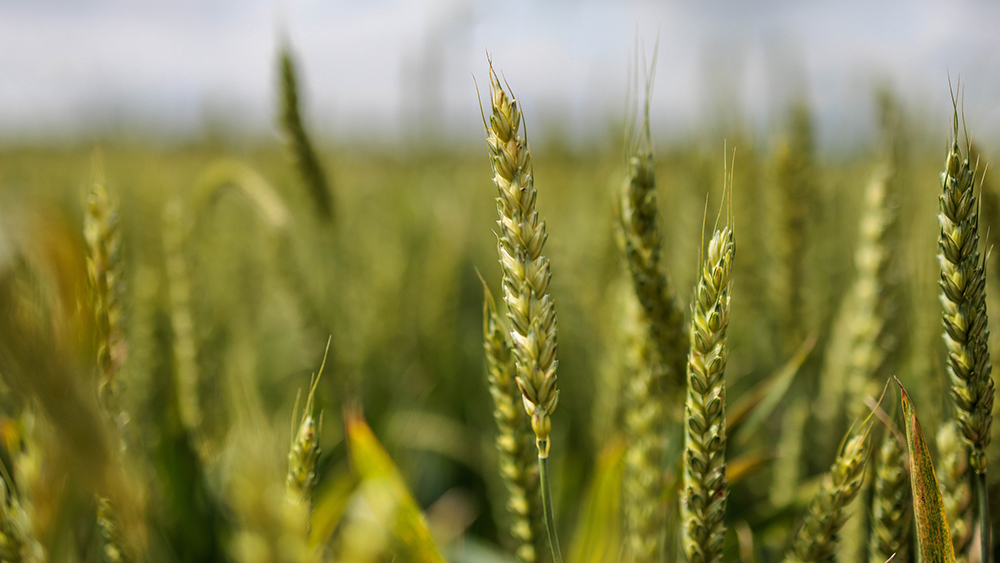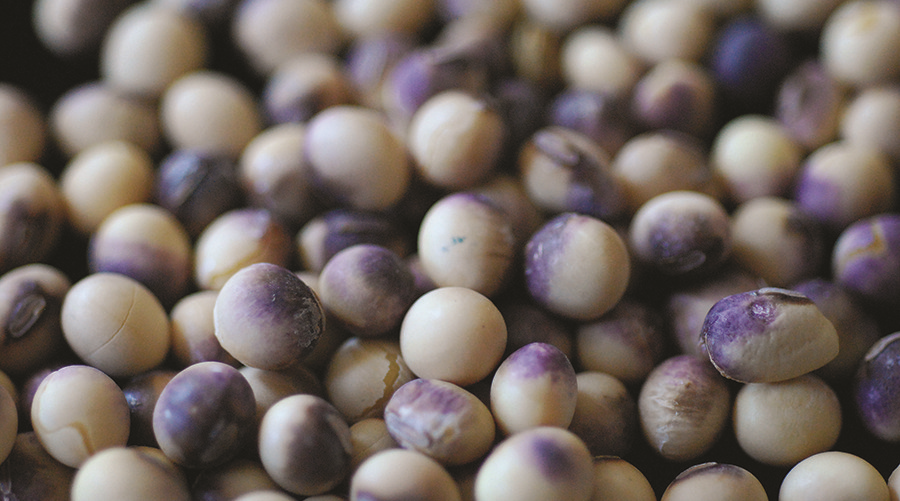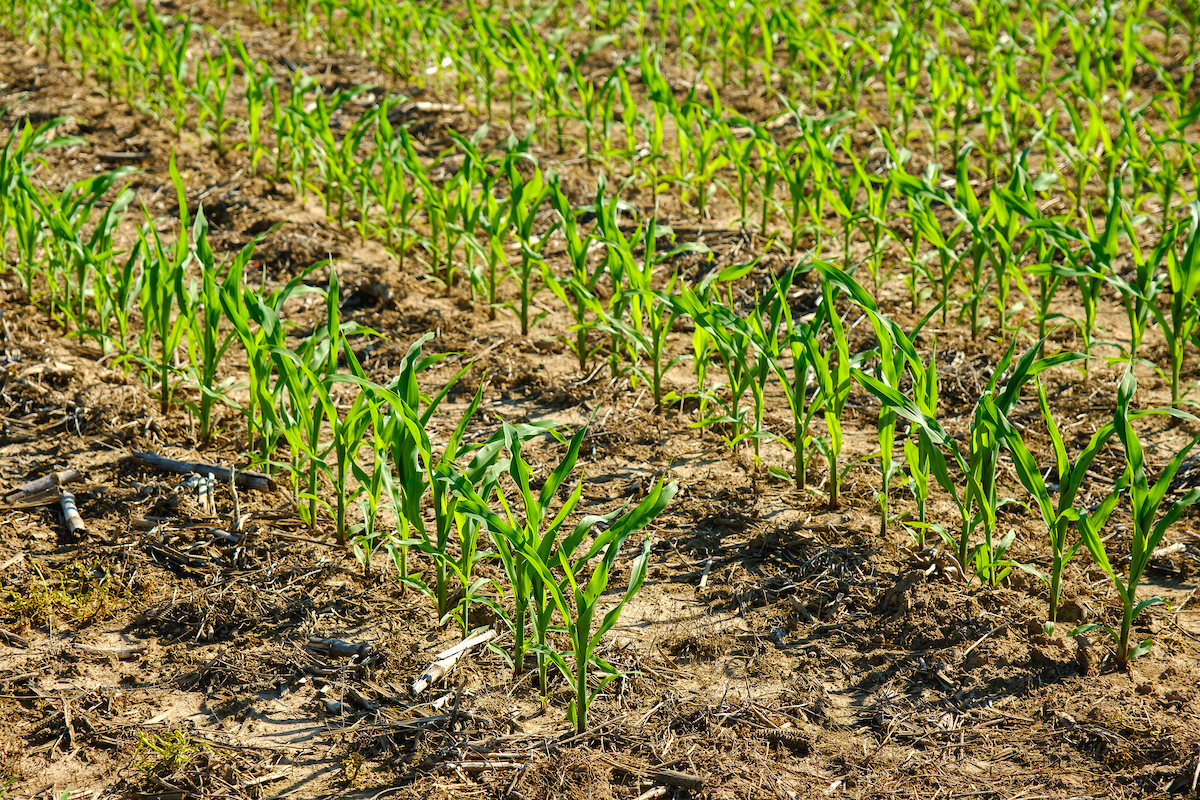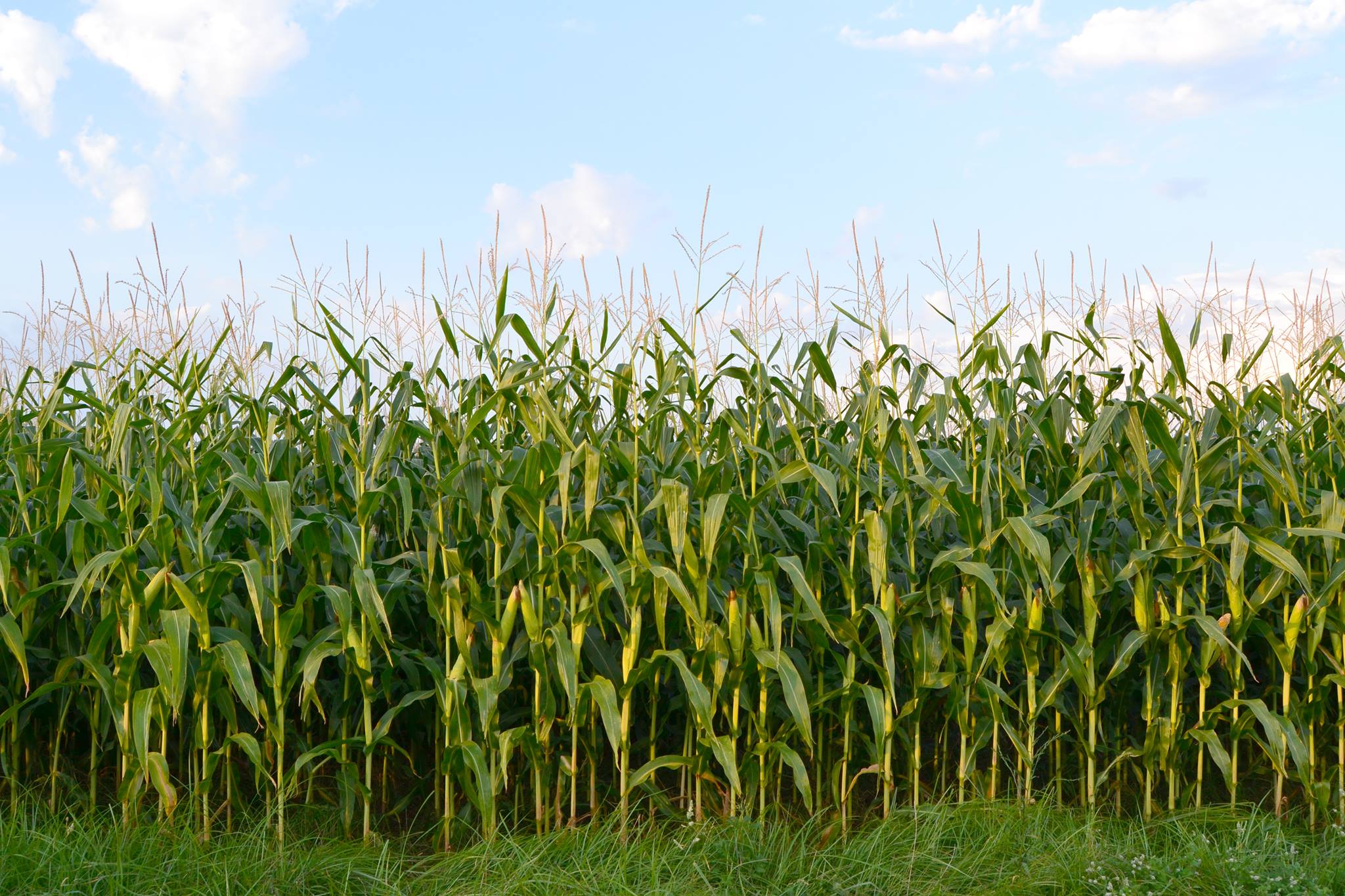Wheat pays it forward in your grain rotation
Wheat pays it forward in your grain rotation

We have been hearing that some wheat producers are thinking about reducing the acres of wheat in their rotations, changing from a corn, wheat/double-crop soybean rotation to a corn, full-season soybean rotation. There may be some operational/economic reasons to do this, but past agronomics indicate that having wheat in the rotation gives some benefits that are not entirely accounted for in annual production cost/benefit analyses.
Let’s look at the evidence. Figure 1 shows the yield of corn as a function of the nitrogen (N) fertilization rate and rotation, averaged over a 3-year period. The soil was a well-drained Maury silt loam located at Spindletop, the research farm located near Lexington.

Corn yield responded to N rate, regardless of the rotation, but rotation changed the nature of that response. Corn after corn yields were maximized at the highest N rate, 200 lb N/acre, but corn yields in the other two rotations were optimized at only 160 lb N/acre. Less fertilizer N, about $26/acre (40 lb N/acre x $0.65/lb N) worth at current N prices, was needed when corn followed full-season soybean or wheat/double-crop soybean. Corn yield, on average, was highest following wheat/double-crop soybean and lowest following corn. Corn yield following full-season soybean was intermediate.
The yield trend due to rotation shown in Figure 1 for three years has been much more general, over time. Figure 2 gives corn yields for the same 3 rotations over 13 years. The individual rotation yields for each year are plotted (y-axis) against that year’s average yield across all three rotations (x-axis). Generally, though not every year, corn yields the least when following corn, and the most when following wheat/double-crop soybean. Again, corn yield when following full-season soybean is in between the other two rotations. Over those 13 seasons, corn yield averaged 147 bu/acre. Corn after corn averaged 136 bu/acre, after full-season soybean 148 bu/acre, and 158 bu/acre when grown after wheat/double-crop soybean. That extra 10 bu corn yield/acre to rotating corn after wheat/double crop-soybean is worth about $45/acre (10 bu/acre x $4.50/bu).

Crop rotation continues to be very valuable to grain producers, improving nutrient cycling and likely reducing pest pressures. The wheat component in the corn, wheat/double-crop soybean rotation causes a larger ‘rotation effect’ on corn yield than when corn follows full-season soybean alone, demonstrating the value of increased crop species diversity over the well-drained soils that are best adapted to this rotation. Something to consider, going forward.
| Citation: Grove, J., Ritchey, E., 2025. Wheat Pays It Forward in Your Grain Rotation. Kentucky Field Crops News, Vol 1, Issue 10. University of Kentucky, October 10, 2025. |




